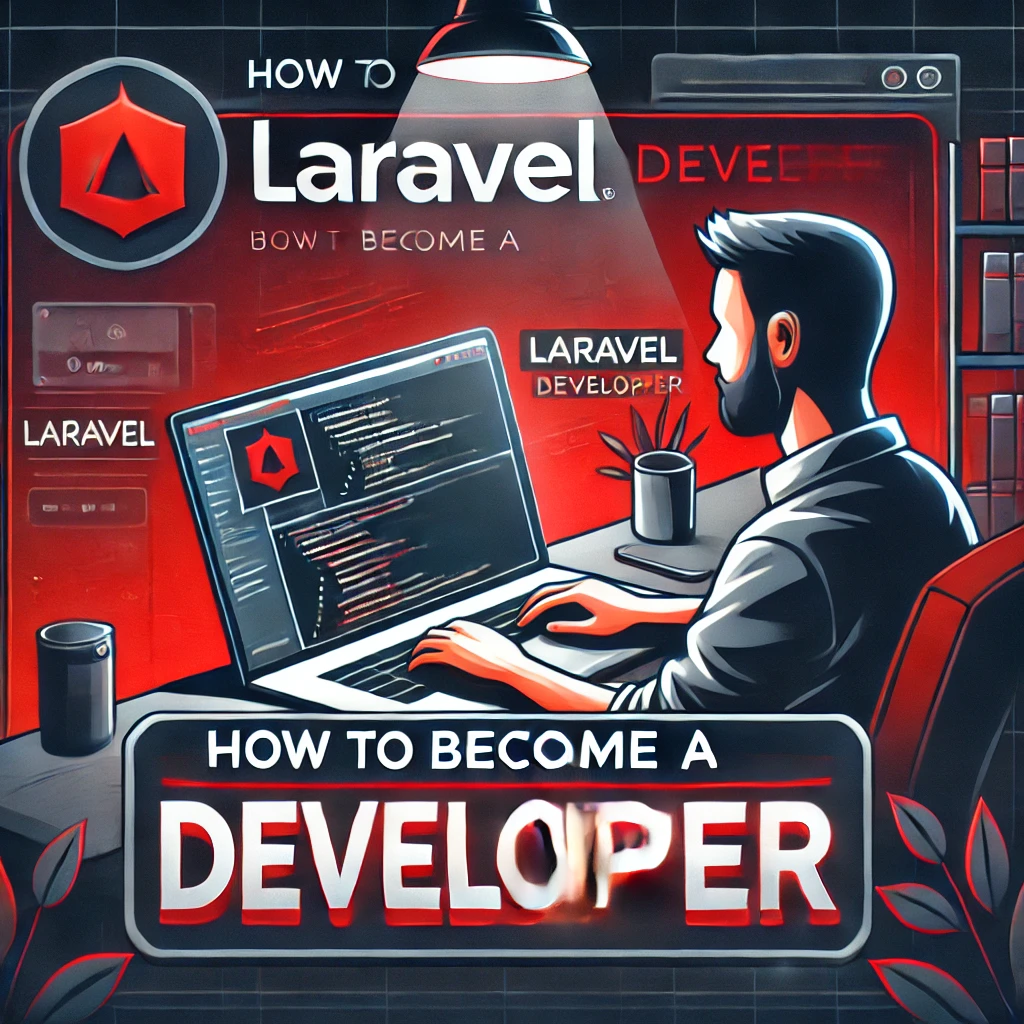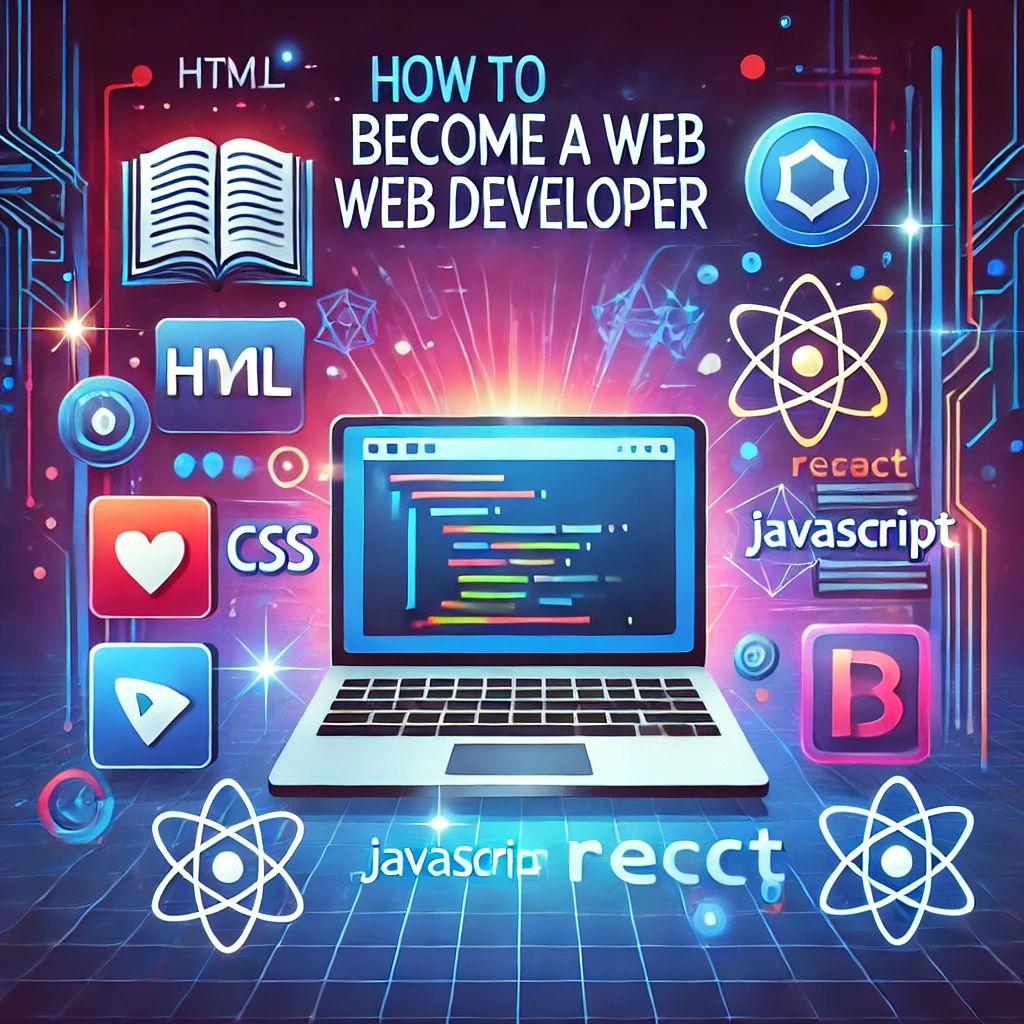
Title : How to become laravel Developer : A Step-by-Step Guide
Becoming a Laravel developer
requires a mix of foundational web development skills and expertise in the
Laravel framework itself. Here’s a structured roadmap to help you become a
proficient Laravel developer:
Step
1: Learn the Basics of Web Development
Before diving into Laravel, you need
to have a solid understanding of:
- HTML, CSS, and JavaScript – For building the front end.
- PHP –
Since Laravel is built on PHP, understanding PHP basics is a must.
- MySQL
– Learn SQL and database management for handling data.
Step
2: Master PHP (Object-Oriented PHP)
- Learn PHP syntax and best practices.
- Understand Object-Oriented Programming (OOP) concepts
like classes, objects, inheritance, and interfaces.
- Get comfortable with Composer (PHP dependency manager).
Step
3: Learn the Basics of Laravel
Once you're comfortable with PHP,
start learning Laravel:
- Installation & Setup
- Install Laravel using Composer:
composer
create-project --prefer-dist laravel/laravel project-name
- Understand the directory structure of Laravel.
- Routing
- Learn how Laravel handles routes in routes/web.php
and routes/api.php.
- Controllers & Middleware
- Understand how controllers work and how to use
middleware for request filtering.
- Models & Eloquent ORM
- Learn how Laravel interacts with databases using
Eloquent ORM.
- Perform CRUD operations with models.
- Migrations & Seeders
- Learn how to manage database schema using migrations.
- Use seeders and factories for dummy data.
- Blade Templating Engine
- Work with Blade to create dynamic front-end templates.
- Authentication & Authorization
- Implement authentication using Laravel Breeze,
Jetstream, or Sanctum for APIs.
- Learn role-based authorization.
- API Development with Laravel
- Build REST APIs using Laravel’s built-in features.
- Use Laravel Passport or Sanctum for authentication.
Step
4: Learn Advanced Laravel Concepts
- Queues & Jobs
– Handle background tasks efficiently.
- Event & Listeners
– Implement event-driven programming.
- Testing
– Write unit tests and feature tests with PHPUnit.
- Caching
– Improve performance using caching techniques.
Step
5: Learn Frontend (Optional but Helpful)
- Vue.js, React, or Alpine.js – Laravel integrates well with these frontend
frameworks.
- Livewire
– For building dynamic interfaces without JavaScript.
Step
6: Build Projects
Practical experience is crucial!
Work on projects like:
- Blog or CMS
- E-commerce website
- REST API for mobile apps
- Task management system
Step
7: Contribute & Stay Updated
- Follow Laravel’s official documentation.
- Contribute to open-source Laravel projects on GitHub.
- Join Laravel communities on Discord, Reddit, or Laravel
forums.
Step
8: Apply for Jobs or Freelance
- Create a portfolio showcasing your Laravel projects.
- Apply for Laravel developer roles or start freelancing.
